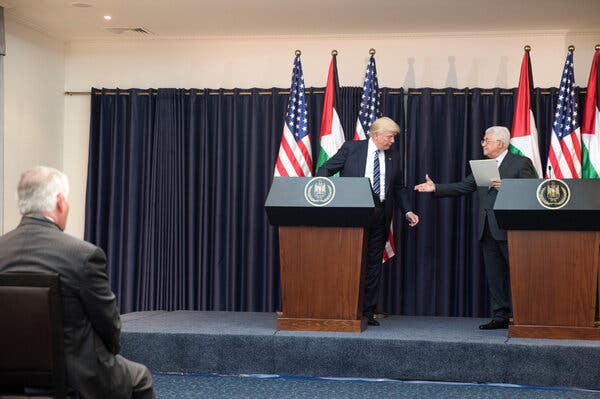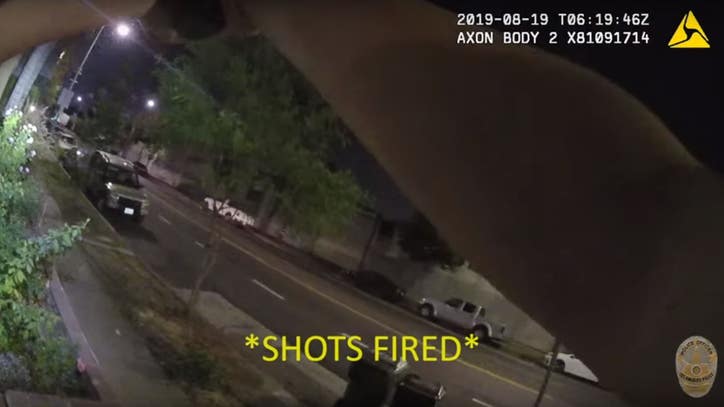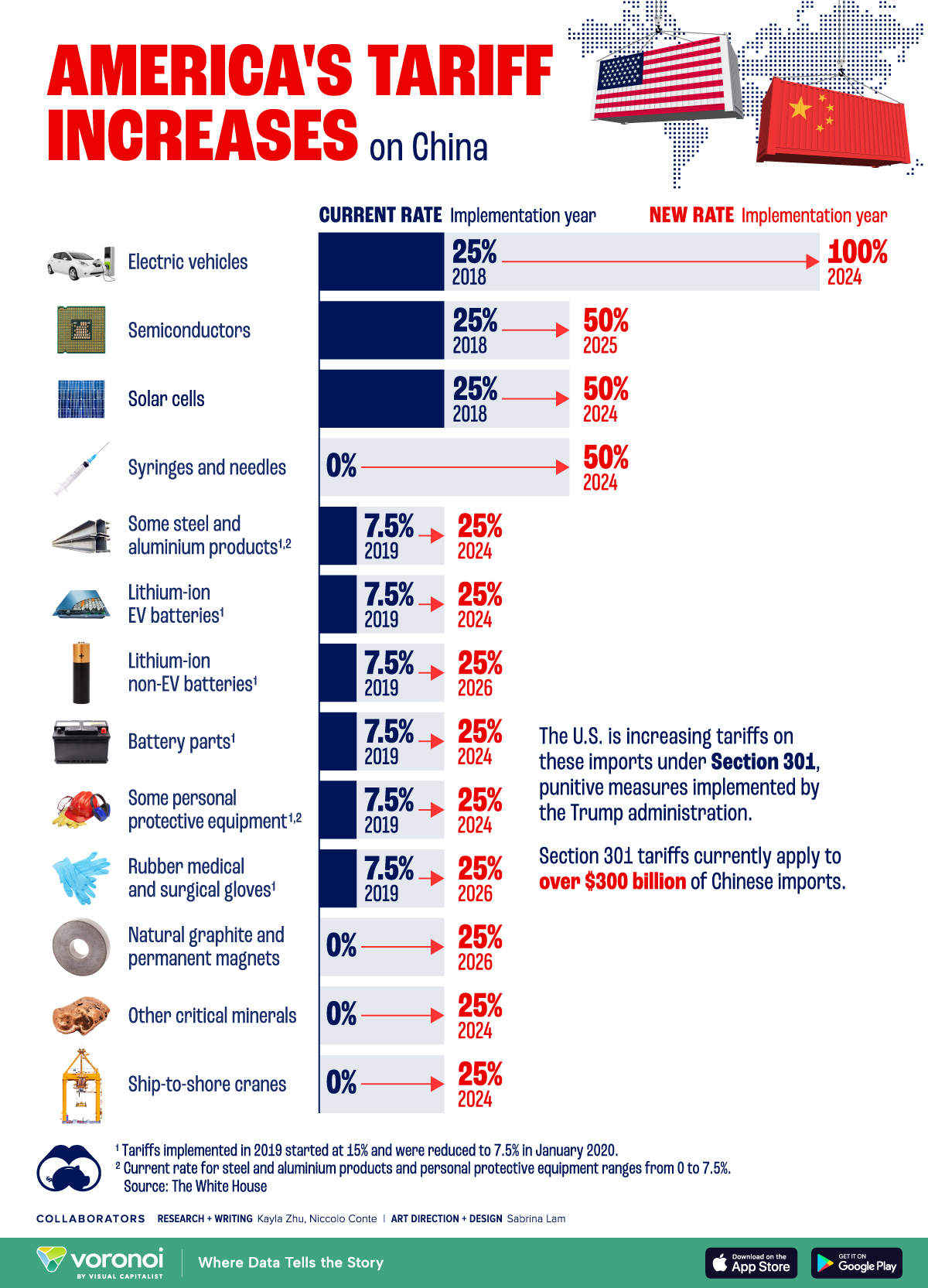Trump's Gaza Stance As Hamas Leaders Arrive In Cairo For Talks

Table of Contents
Trump's Recognition of Jerusalem as Israel's Capital
Trump's controversial decision in 2017 to recognize Jerusalem as Israel's capital dramatically altered the dynamics of the Israeli-Palestinian conflict and continues to heavily influence Trump's Gaza stance.
Impact on Palestinian-Israeli Relations
This move severely undermined the peace process and fueled tensions in Gaza, significantly impacting the already fragile situation.
- Increased Palestinian protests: The announcement sparked widespread protests and clashes across the Palestinian territories, including Gaza, leading to casualties and further instability.
- Hamas's strengthened position: The perceived abandonment by the US strengthened Hamas's position as the dominant force in Gaza, further complicating peace efforts.
- International criticism of the move: The decision drew sharp condemnation from the international community, highlighting the global consensus against such a unilateral action. Many countries reiterated their commitment to a two-state solution with East Jerusalem as the capital of a future Palestinian state.
- Setback to two-state solution: Trump's declaration dealt a major blow to the already faltering two-state solution, the long-standing international framework for resolving the conflict.
Effect on the Status of Jerusalem
The recognition fundamentally altered the long-standing status quo regarding Jerusalem, a city sacred to three major religions and claimed by both Israelis and Palestinians as their capital.
- Implications for future negotiations: The decision significantly complicated future negotiations, as it preempted one of the most contentious issues in the conflict.
- Potential for further escalation of violence: The move increased the risk of further escalation of violence, as Palestinians felt their claims were being ignored.
- International legal challenges to the decision: Many countries and international organizations challenged the legality of Trump's decision under international law.
- Impact on religious sites: The decision also raised concerns about the potential impact on access to and control over religious sites in Jerusalem.
Cutting Aid to the Palestinian Authority
Another key component of Trump's Gaza stance was the significant reduction in US aid to the Palestinian Authority. This action had far-reaching consequences for Gaza's already struggling economy and political landscape.
Economic Consequences for Gaza
The decrease in US financial support exacerbated the dire economic conditions in Gaza, severely impacting essential services and contributing to widespread hardship.
- Increased poverty and unemployment: The reduction in aid led to increased poverty and unemployment, further destabilizing the already fragile socio-economic situation.
- Strain on infrastructure: The lack of funding strained Gaza's already crumbling infrastructure, impacting water, sanitation, healthcare, and education systems.
- Impact on humanitarian aid: The economic downturn also negatively impacted the ability of humanitarian organizations to provide essential assistance to the population.
- Potential for social unrest: The worsening economic situation increased the potential for social unrest and instability, creating a breeding ground for extremism.
Political Ramifications
The withdrawal of US aid was seen as a significant shift in US policy towards the Palestinians, potentially empowering Hamas and weakening the Palestinian Authority.
- Weakened Palestinian negotiating position: The reduction in aid weakened the Palestinian Authority's negotiating position in peace talks.
- Rise of Hamas influence: The economic hardship and perceived US abandonment contributed to the rise of Hamas' influence in Gaza.
- Increased reliance on other international actors: The Palestinians were forced to rely more heavily on other international actors for financial and political support.
- Impact on intra-Palestinian reconciliation efforts: The move also negatively impacted efforts to reconcile the rival Palestinian factions, Fatah and Hamas.
The Deal of the Century and its Gaza Implications
Trump's "Deal of the Century," a peace plan unveiled in 2020, proposed a framework for resolving the Israeli-Palestinian conflict, including specific provisions for Gaza.
Key Provisions Related to Gaza
The plan outlined proposals related to Gaza's economy, security, and borders, however, these proposals were largely rejected by the Palestinians.
- Details of the proposed economic plan for Gaza: The plan included proposals for significant economic investment in Gaza, contingent upon security cooperation with Israel.
- Security considerations: The plan addressed security concerns by proposing enhanced border control and security arrangements between Gaza and Israel.
- Border control arrangements: Specific provisions were made to establish better border control mechanisms between Gaza and Israel to prevent the movement of weapons and militants.
- Palestinian response and rejection: The Palestinian Authority and Hamas overwhelmingly rejected the plan, viewing it as biased in favor of Israel.
Long-term effects of the "Deal of the Century" on the Gaza Strip
Despite its rejection, the “Deal of the Century” continues to exert influence on the current geopolitical landscape and future negotiations.
- Potential re-evaluation of certain aspects: Individual elements of the plan might be re-evaluated and incorporated into future proposals.
- Influence on future peace proposals: The plan's framework and proposed solutions may influence future peace initiatives.
- Long-term economic consequences: The economic proposals outlined in the plan, regardless of their rejection, may shape future discussions on Gaza's economic development.
- Impact on humanitarian aid: The plan's approach to humanitarian aid and international involvement may continue to shape how aid is delivered and managed in Gaza.
Conclusion
Trump's Gaza stance, encompassing his recognition of Jerusalem, cuts to Palestinian aid, and the "Deal of the Century," continues to cast a long shadow over the current negotiations in Cairo. Understanding this historical context is essential to fully grasping the challenges facing both Hamas and the international community in finding a lasting resolution to the conflict in Gaza. The ongoing talks highlight the urgent need for a comprehensive and sustainable approach to address the complex issues surrounding Gaza. To stay informed about the developments and implications of Trump's Gaza stance and its ongoing influence, continue to follow reliable news sources and analyses focusing on the Israeli-Palestinian conflict. Further research into Trump's Gaza policies is crucial for a thorough understanding of this critical issue.

Featured Posts
-
 Chaos And Confusion Before Shooting Lapd Releases Videos Of Weezer Bassists Wife Incident
Apr 28, 2025
Chaos And Confusion Before Shooting Lapd Releases Videos Of Weezer Bassists Wife Incident
Apr 28, 2025 -
 The Michael Jordan Effect How Criticism Boosts Denny Hamlins Performance
Apr 28, 2025
The Michael Jordan Effect How Criticism Boosts Denny Hamlins Performance
Apr 28, 2025 -
 Florida Keys Road Trip The Ultimate Guide To The Overseas Highway
Apr 28, 2025
Florida Keys Road Trip The Ultimate Guide To The Overseas Highway
Apr 28, 2025 -
 Us China Trade War Partial Tariff Relief For American Products
Apr 28, 2025
Us China Trade War Partial Tariff Relief For American Products
Apr 28, 2025 -
 The Future Of Browsers A Conversation With Perplexitys Ceo On The Ai Revolution And Competition With Google
Apr 28, 2025
The Future Of Browsers A Conversation With Perplexitys Ceo On The Ai Revolution And Competition With Google
Apr 28, 2025
